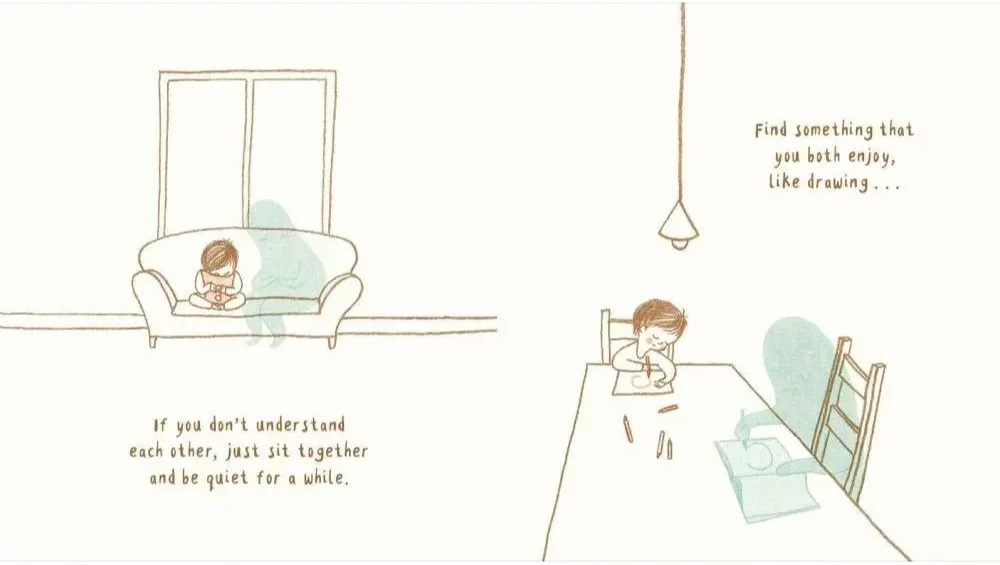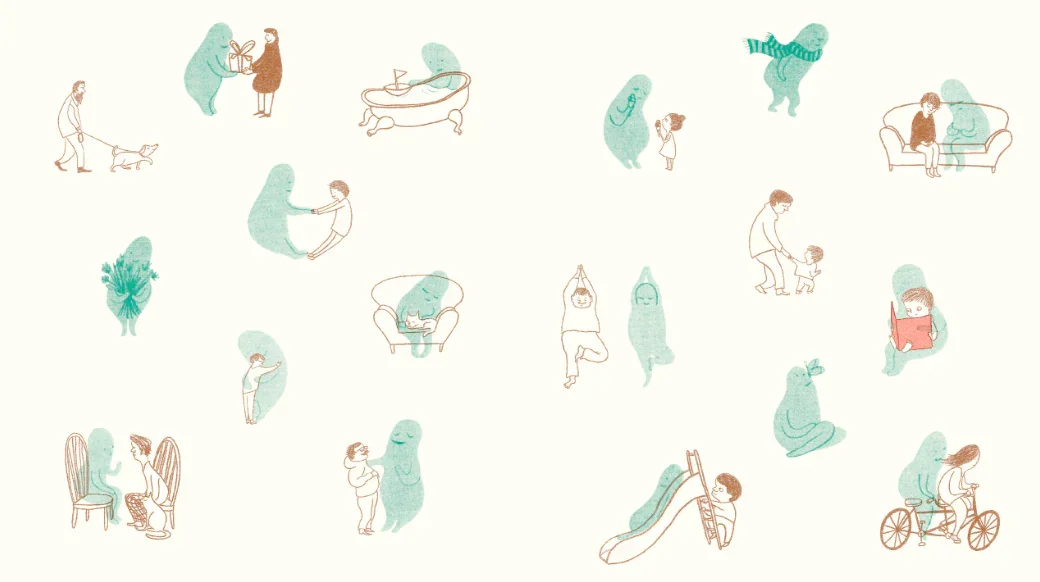Grief in Trauma Work: Why Sadness is Part of Healing
A Moment From My Office
Not long ago, I was sitting with a client who had just recognized a long-standing pattern in how they related to others. With that insight came a wave of sadness, almost like regret. They said, “Why didn’t I realize this before? I could have done things differently.”
Together, we named it for what it was: grief.
We pictured grief as something you could sit beside on a park bench. Not something to run from, not something to drown in, just something to keep company with. And what was powerful was how my client described being able to feel that sadness without getting swept away. They were noticing it in their body, naming it as sadness, and still staying grounded. I reflected this back to them and named it as “regulated sadness”.
That moment captured something important about trauma work: grief shows up again and again. Sometimes it’s grief for what happened, sometimes for what didn’t happen, and sometimes for the time we feel we’ve lost. Learning how to be with grief, without ignoring it or being consumed by it, is an essential part of healing.
Why Does Grief Show Up in Trauma Healing?
When we think of trauma, we often think about fear, anxiety, or hypervigilance. But grief is also a natural response. Here’s why it can feel so present:
Grief for lost time. Realizing how long a pattern has been shaping your life can bring sadness. You may wonder, “Why didn’t I see this sooner?”
Grief for unmet needs. Childhood trauma often means not getting the care, safety, or love you deserved. Naming this can bring a deep ache.
Grief for parts of yourself. Maybe you shut down creativity, trust, or playfulness to survive. Grieving those lost parts is part of reclaiming them.
Grief in trauma work isn’t about wallowing, it’s about acknowledging the real impact of what you’ve been through. And naming it as grief can actually be relieving, because it validates the feeling rather than pathologizing it.
When Sadness is at Your Door by Eva Eland
photo from dillydallykids.ca
How to Recognize “Regulated Sadness”
Not all grief feels the same. Sometimes sadness feels overwhelming, like it could swallow you whole. Other times, you might feel numb and disconnected, as if sadness is behind a locked door.
But there’s another way, one that we practice together in trauma-informed therapy: feeling sadness while staying connected to yourself and your body. This is what I called regulated sadness in the session I described.
Some signs you might be experiencing sadness in a regulated way:
You notice the heaviness or ache in your chest, throat, or stomach, but you can still breathe.
You’re able to name the feeling (“I feel sad”) without getting lost in it.
You can sit with it for a moment or two, then return to the present.
You might even feel a little relief after allowing the sadness to move through.
This middle ground - where you’re neither ignoring nor drowning - is where grief becomes part of growth.
Making Space for Grief Without Being Consumed
So how do you “sit next to grief on the bench” without letting it take over? Here are some practices you can try, especially if you’re balancing lots of things on your plate like school, work, and different kinds of relationships:
Notice the body. Start by asking: Where do I feel this sadness in my body? Just noticing can create space.
Name it gently. Use simple words: “This is sadness.” Naming helps you relate to the feeling, not become it.
Set a boundary. Give yourself time: “I’m going to spend five minutes with this sadness, then I’ll go for a walk.”
Bring in grounding. Hold a warm cup of tea, place your feet on the floor, or look out the window. Remind your body that you’re safe here and now.
Imagine the bench. Picture yourself sitting beside grief like a companion. You don’t need to push it away or let it take over, you can simply be with it.
A great visual representation of this comes from the picture book When Sadness is at Your Door by Eva Eland. In it, sadness is drawn as a character that shows up, stays for a while, and then eventually leaves. It’s a reminder that sadness is not who you are, it’s a visitor. It comes and goes. This simple imagery can make it easier to remember that grief is something you can sit beside, not something that has to define you.
When Sadness is at Your Door by Eva Eland
photo from dillydallykids.ca
How Grief Helps You Move Forward
It might feel counterintuitive, but making space for grief actually opens the door to more freedom. Here’s how:
Clarity. Feeling grief can help you see clearly what you needed and didn’t receive.
Compassion. Naming grief invites self-compassion instead of self-blame.
Release. Allowing sadness to move through makes room for new possibilities like connection, creativity, and joy.
One client described it like this: “I didn’t ignore it, but I wasn’t consumed by it. I was right in the middle.” That’s the sweet spot.
Closing Thoughts: You Don’t Have to Do This Alone
If you’re navigating life’s challenges while carrying the weight of childhood trauma, know this: grief is not a sign of weakness. It’s a sign that you’re noticing, naming, and healing.
Grief is part of trauma work, and it’s something you can learn to move through at your own pace. With support, it can become less of a heavy shadow and more of a guide - reminding you of what you needed, what mattered, and what you still have the capacity to create.
Like in the book When Sadness is at Your Door, sadness can be seen as a visitor - something that arrives, spends time with you, and eventually leaves. You are not sadness; it’s simply an experience that comes and goes. Remembering this can help you approach grief with a little more softness and a little less fear.
If you’d like to explore this work in a supportive, collaborative space, I’d be honoured to walk alongside you. I offer online sessions across BC and in-person sessions from my cozy downtown Vancouver office, just a block away from Waterfront Station.
Ready to take the next step? Reach out to book a consultation and see if trauma-informed therapy might be the right support for you.
When Sadness is at Your Door by Eva Eland
photo from pacifierkids.com
FAQs About Grief and Trauma Healing
Is grief a normal part of trauma-informed therapy?
Yes! Grief often arises when you begin recognizing patterns, unmet needs, or lost time. It’s a natural part of healing.
What does “regulated sadness” mean?
It’s the ability to feel sadness while staying grounded and connected to yourself, rather than being overwhelmed or shut down.
How can I practice being with grief without getting stuck in it?
Start small: notice where sadness shows up in your body, name it gently, and use grounding practices to stay present.
What if my grief feels overwhelming?
That’s a sign you may need support. Working with a trauma-informed therapist can help you build safety while exploring grief.
How can therapy help me with processing grief?
Therapy offers a safe space to explore grief at your own pace. In trauma work, we focus on helping your body feel grounded so you can experience sadness without being overwhelmed. Together, we make space for what your grief is showing you, like unmet needs or lost parts of yourself, and gradually transform it into a source of clarity and self-compassion.



